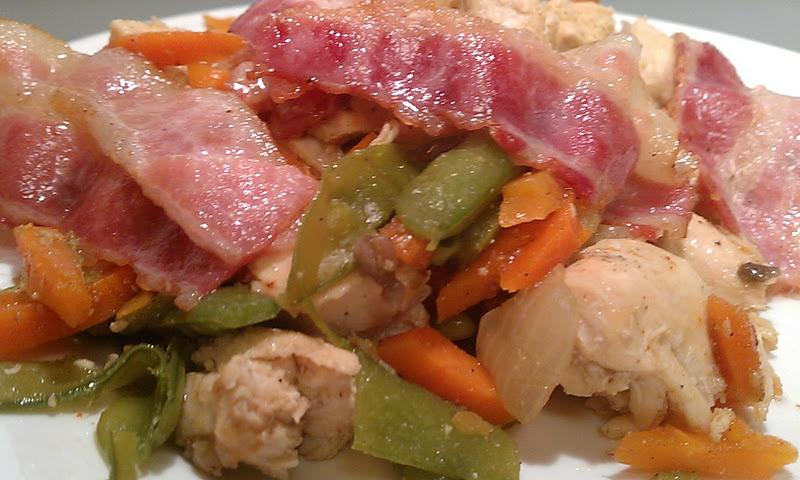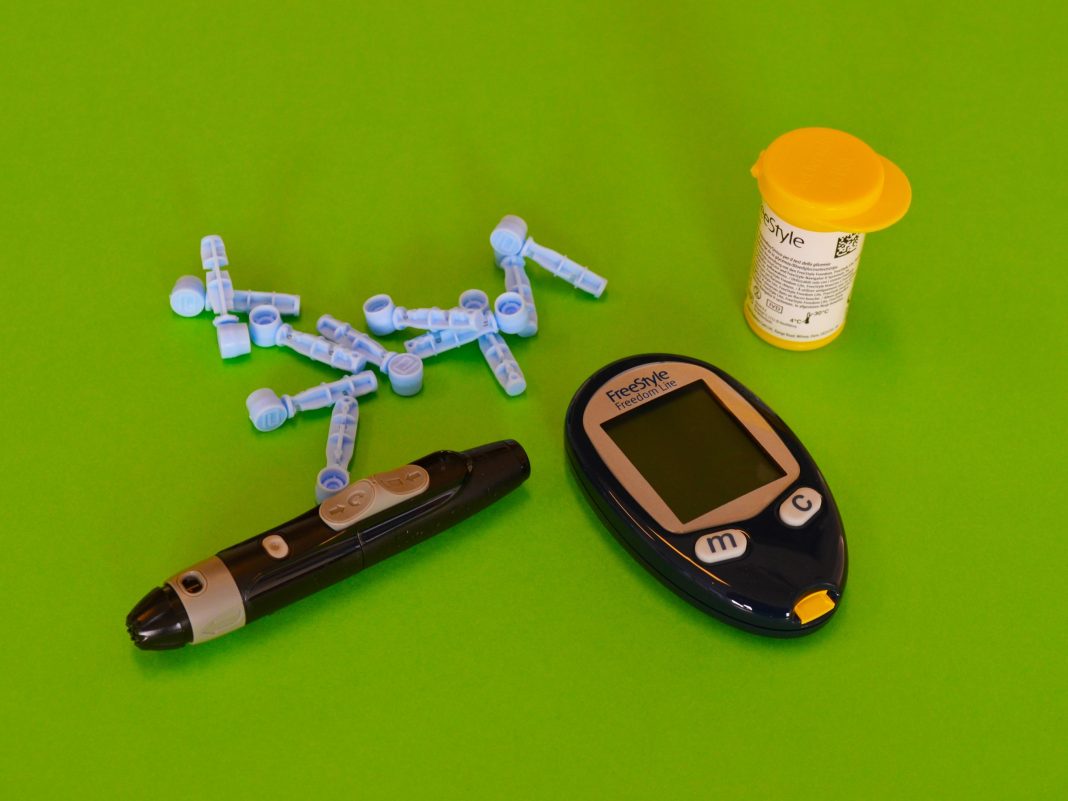In the intricate dance of daily life, food often takes center stage, dictating our energy, mood, and overall health. For those managing diabetes, this dance requires a careful choreography, balancing nutrients to maintain optimal blood sugar levels. Crafting a diabetes-friendly meal plan isn’t just about restriction; it’s about rediscovering the vibrant spectrum of flavors and nourishment that can be harmoniously woven into your lifestyle. This article will guide you through the art of creating a meal plan that not only supports your health but also tantalizes your taste buds, turning everyday meals into a celebration of well-being. Whether you’re newly diagnosed or seeking to refine your dietary habits, embark on this journey to transform your kitchen into a hub of delicious, diabetes-friendly creativity.
Understanding the Basics of a Diabetes-Friendly Diet
Adopting a meal plan that caters to diabetes involves balancing nutrition and maintaining stable blood sugar levels. It’s essential to focus on consuming nutrient-rich foods that provide energy without causing spikes in glucose. A balanced approach typically includes a variety of whole foods, such as fresh vegetables, lean proteins, and whole grains. Emphasizing these food groups helps in achieving a diet that supports health and wellbeing.
- Vegetables: Opt for non-starchy vegetables like spinach, broccoli, and peppers. These are low in carbohydrates and high in fiber.
- Proteins: Choose lean sources like chicken, turkey, tofu, and legumes. They help in muscle maintenance and keep you feeling full longer.
- Whole Grains: Incorporate grains like quinoa, brown rice, and whole wheat pasta. These provide sustained energy and are higher in fiber.
- Healthy Fats: Include avocados, nuts, and olive oil in moderation to support heart health.
By understanding these core components, you can craft meals that not only satisfy hunger but also promote stable blood sugar levels, making them integral to a diabetes-friendly lifestyle.
Crafting Balanced Meals with the Right Nutrients
Designing a meal plan that supports diabetes management requires a thoughtful approach to nutrient balance. A well-structured meal plan should focus on combining complex carbohydrates, lean proteins, and healthy fats to maintain stable blood sugar levels. Consider incorporating foods like whole grains, legumes, and fresh vegetables that are high in fiber, as they help slow down glucose absorption.
- Breakfast: Start your day with a bowl of oatmeal topped with a handful of nuts and a sprinkle of cinnamon for flavor.
- Lunch: Opt for a colorful salad with mixed greens, cherry tomatoes, grilled chicken, and a drizzle of olive oil.
- Dinner: Enjoy a serving of quinoa paired with steamed broccoli and a piece of grilled salmon.
Additionally, incorporating seasonal fruits in moderation can add natural sweetness without causing spikes in blood sugar. Aim for variety and moderation, ensuring each meal is both nutritious and satisfying. Remember, small adjustments can make a significant difference in managing diabetes effectively.

Smart Snacking Tips to Keep Blood Sugar in Check
When it comes to managing blood sugar levels, choosing the right snacks can make a world of difference. Opt for snacks that are rich in fiber, protein, and healthy fats, as these nutrients help slow down the absorption of sugar into the bloodstream. Here are some smart snacking ideas to help you stay on track:
- Nuts and Seeds: Almonds, walnuts, and chia seeds are not only delicious but also packed with fiber and healthy fats that keep you feeling full longer.
- Fresh Veggies with Hummus: Crunchy vegetables like carrots, celery, and bell peppers paired with hummus provide a satisfying, low-carb option.
- Greek Yogurt with Berries: A cup of unsweetened Greek yogurt topped with a handful of berries offers a delightful mix of protein and antioxidants.
- Avocado on Whole-Grain Toast: This combination provides a balance of fiber and healthy fats to help maintain stable blood sugar levels.
Remember, portion control is key. Keep your snack portions modest to avoid spikes in blood sugar, and aim to enjoy these mini-meals as part of a balanced diet.

Meal Prep Strategies for Busy Lifestyles
For those juggling a hectic schedule while managing diabetes, planning meals in advance can be a game-changer. Start by setting aside a specific day each week for meal prep, ensuring you have all the ingredients ready. Batch cooking is an excellent approach; prepare large quantities of staples like grilled chicken, quinoa, and steamed vegetables, then portion them into containers for easy grab-and-go meals.
- Choose nutrient-dense foods: Focus on whole grains, lean proteins, and plenty of colorful vegetables.
- Incorporate healthy fats: Avocados, nuts, and seeds can help keep you full longer.
- Mind the carbs: Keep track of carbohydrate intake to maintain stable blood sugar levels.
- Spice it up: Use herbs and spices to add flavor without extra calories or salt.
Additionally, having a well-stocked pantry with diabetes-friendly essentials like canned beans, low-sodium broth, and frozen veggies can help you whip up a nutritious meal in minutes. Investing in quality storage containers can also make a big difference, keeping your meals fresh and organized. By integrating these strategies, you can save time and stress while ensuring your meals support your health goals.








